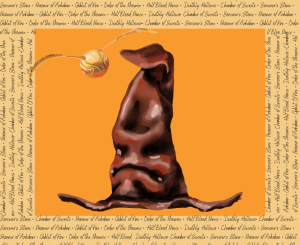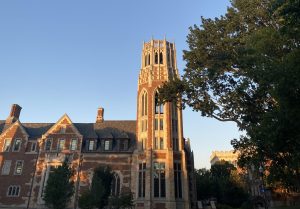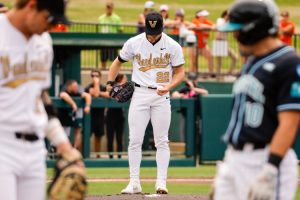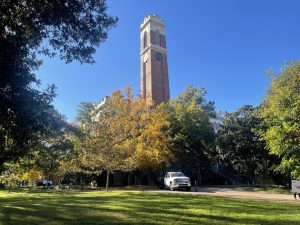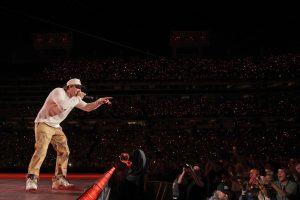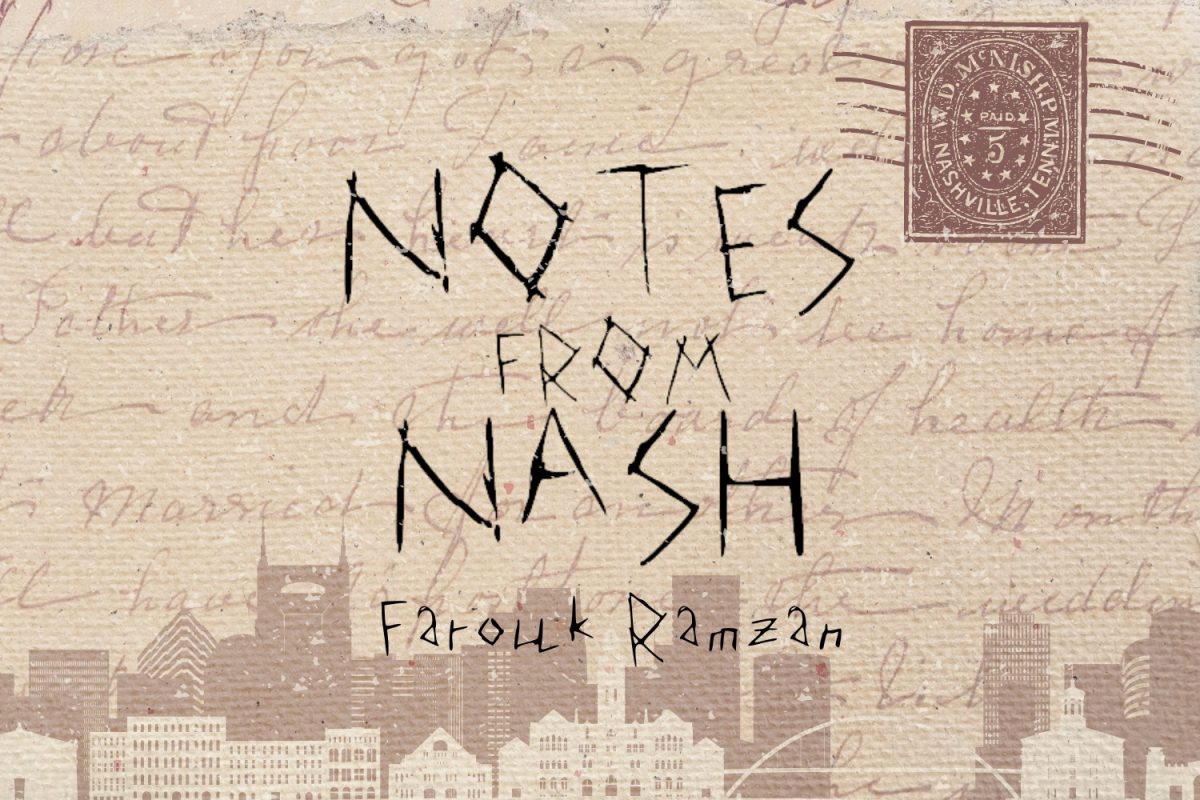As anyone with a Twitter or Netflix subscription knows, identity representation in American entertainment has come under scrutiny in the last several years. TV shows and novels dealing with sexuality, race, ethnicity, and mental illness dominate the entertainment industry. This trend has drawn both applause and scrutiny, and many groups feel as though these serious topics are either romanticized or underrepresented. As pointed out in the Netflix original series Dear White People, a commentary on racism in American society and academia in the modern day, the last mainstream American movie with female Asian-American protagonists was Joy Luck Club, a film adapted from Amy Tan’s book on Chinese-American mother and daughter relationships, released in 1993. This quip on the scarcity of representation will be rectified in 2018, with the release of the film adaptation of Jenny Han’s young adult novel “To All the Boys I’ve Loved Before,” starring Lana Condor as Lara Jean Song, a Korean-American of mixed heritage. East Asian identity will now enter the ring of representation in media, and many Twitter fans, including the author of the novel, are euphoric.
The novel, which is the first in a trilogy concluded in May of this year, revolves predominantly around the life of Lara Jean and her two sisters, and their care for their widowed, Caucasian father. The sisters and their father, work hard to keep their Korean heritage a part of their lives, often cooking Korean foods, celebrating the traditional holidays, and discussing modern Korean media. They feel as though they have missed out on understanding their culture with the tragic death of their mother when they were children, but resolve to continue their involvement with their mother’s side of the family.
The book includes feel-good romance and girlish fun, as well as strong familial relationships. It also sheds light on the importance of loyalty and communication when coming into maturity and moving away from family. This light young adult series includes substance in its lessons and cultural representation.
Han, of Korean descent herself, tweeted a note to her fans to announce the production of the film, saying, “The most important thing for me as the author is seeing an Asian American girl in the starring role, and with this movie, we get to see not one but THREE,” commenting on that “groundbreaking” aspect of representation, as it hasn’t been done since Joy Luck Club, “which was nearly 25 years ago,” (Twitter, 2017). The star of the movie herself, Lana Condor, has spoken on her excitement of this role, as a few months prior she didn’t “know of any rom-coms where Asian women are the leads,” (NBC News, 2017). The film is the first of its kind since 1993, and in 2018, young Korean girls will be able to see a teenage girl that looks like them on the silver screen.
The new awareness of whitewashed media has created a rush to represent more identities and cultures in mainstream American entertainment, and while Asian-Americans seem to have been left out in the cold throughout this transition, the creation of a Korean-American protagonist in a teen romantic comedy is a step in the right direction. Perhaps this breakthrough will create more prominent roles for other Asian-American actors. While the involvement of several cultures is vital in the media being consumed by young, modern audiences, writers and directors must take care not to create gross stereotypes or to make the representation of minority identities feel too forced. To All the Boys I’ve Loved Before, however, seems set to be a successful and accurate film that will open the doors for more Asian representation in Western media.

